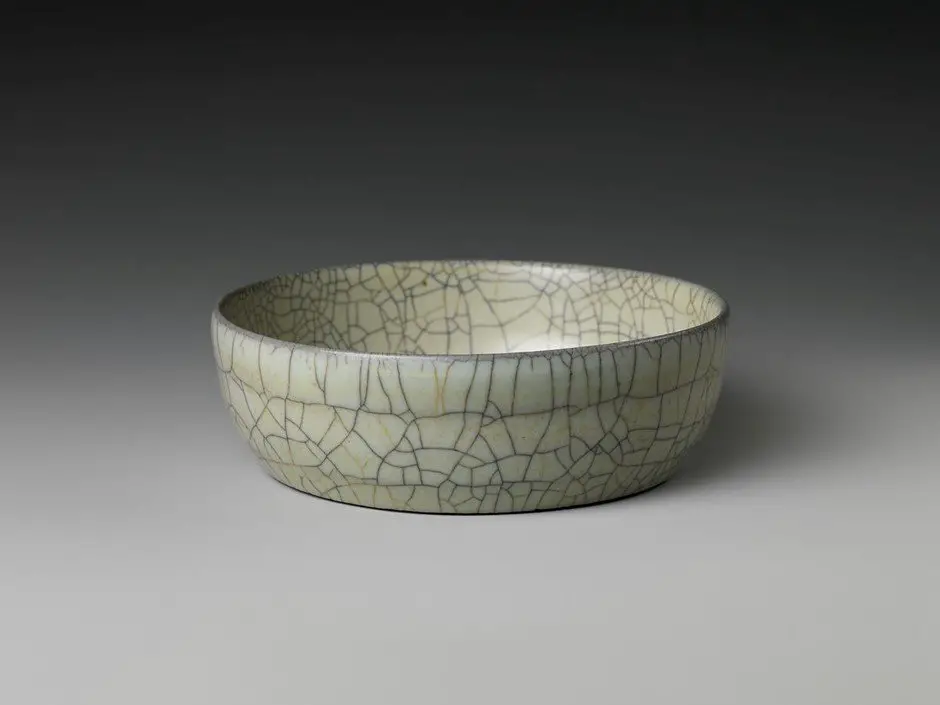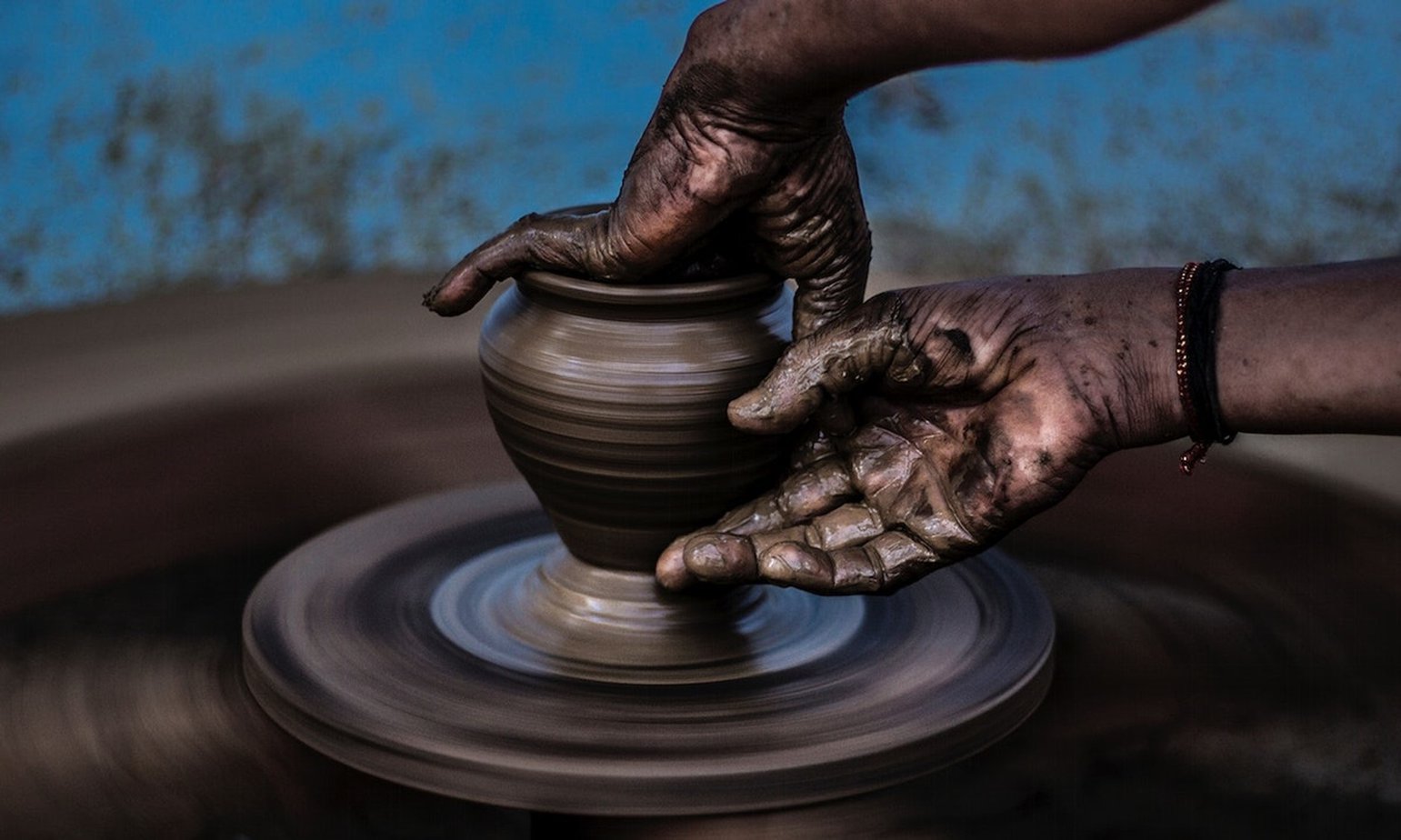Making pottery is a challenging task. You can choose to shape different clays using varied techniques like hand molding, throwing on the wheel, etc. However, the number of factors at play are few and constant irrespective of the method – the clay, glaze, and the kiln.
Although the number of factors is few, there is plenty of room for things to go wrong. For instance, you may notice your pot making noise even after following the guide to making perfect pottery. Most pottery enthusiasts encounter this issue within their first few tries of dealing with firing clays and associate the noise with a pinging sound.
So, if you want to know where from this noise comes while creating your pottery piece, you’ve landed on the right page. We are here to answer all your queries.
What Causes Pottery To Make Noise?
Crazing is the root cause behind your pot making the noise. It is an irreversible change that can be prevented but not rectified.
In general terms, crazing is a web of fine lines that appear on the surface of the ceramic. These hairline cracks only run up to the layer of glaze when they first appear. However, with time and use, these cracks may deepen and reach the clay body underneath.
What Causes Crazing?
Crazing is caused due to surface tension. Simply put, the glaze and clay are not a perfect fit for each other, which causes the spider web of cracks to appear.
Once the clay is fired in the kiln and has hardened into the potter’s desired shape, it is glazed to add a glossy finish and make it more visually appealing while also making the body non-porous. In addition, it helps the pot become food safe and waterproof.
However, it is vital to do it correctly using a glaze that is compatible with the clay underneath. An incompatible glaze, if applied to clay, will undoubtedly cause crazing.

So, are you wondering what makes clay and glaze compatible? Well, it is the speed of expansion and contraction.
Glazed ceramics are placed in the kiln to finish off the maturing process. Maturing refers to the process by which the glaze molds itself onto the clay and becomes a single unit. During this process, the glaze and clay expand and contract at different rates, which causes crazing.
Since glazes are usually thin in consistency, they tend to expand and contract faster than clay. Therefore, while the glaze begins to cool down and contract, the clay is still expanding or has just started to contract. This mismatch causes surface tension on the glaze.
A pinging noise accompanies this crazing. It is sometimes noticed immediately after getting the ceramic out of the kiln. Sometimes, it may also be seen after a few days, months, or years of use, referred to as delayed crazing.
Does The Pinging Noise Affect The Strength Of Your Ceramic?
Although the cracks caused by crazing do not run deep initially, they have the potential to cause the ceramic to shatter over time. A crazed ceramic already has cracks running across its surface. When pressure is added to it during daily use, it adds to the trouble by deepening cracks that span across the clay.
These cracks become deep enough to affect the ceramic’s structural integrity, making it unfit for use. While this may not be noticed immediately, crazed pottery usually requires replacement over time.
Is It Safe To Continue Using A Pot That Makes Noise?
While other ceramics used for decorative or non-food safe purposes can continue to be used even after crazing, it is not the same with food-safe ceramics. The primary criterion that makes particular ceramics food safe is their ability to be non-porous.
When a ceramic piece is crazed, it has cracks that may not be deep enough to threaten the strength of its structure but are deep enough to collect dust or food particles. Once collected, these particles are difficult to remove and notice through the naked eye. They also facilitate bacteria growth, proving to be a food safety hazard.
However, you can use any other ceramic pots like centerpieces, vases, containers, etc. The noise will not continue, but the strength of the ceramic is deteriorating by the minute, making it unsafe in the long run.
Can You Prevent Your Pot From Making Noise?
Crazing can be temporarily camouflaged by refiring at a high temperature for a short time to let the glaze and clay readjust to each other. However, it cannot be undone.
Although it cannot be reversed, it can certainly be prevented by using thinner coats of glaze and glazes with higher silica to slow down the expansion rate of the glaze.
The changes are not just limited to the glaze. Finding the suitable clay compatible with the glaze and altering the clay by adding silica, alumina, or any slow expanding elements while reducing feldspar can also help prevent crazing.
However, if you wish to achieve a crazed look on your ceramic for aesthetic appeal, you can use the Deco Art Media Crackle Glaze, which is easy to use and delivers the desired effect.
Finding The Right Glaze For Your Pot
By finding the right glaze fit for your pottery, you can control the factors that cause crazing, reducing the chances of your pottery getting crazed. Once you know what kind of clay you are working with and its features, it becomes easier to find compatible glazes and fire them at the ideal temperature.
The table below gives a general overview of glazes that can help you find the best-suited one for your upcoming pottery projects.
Glaze Type |
Firing Temperature in Fahrenheit |
Firing Temperature in Cones |
Distinctive Feature |
| Low Fire Glazes
|
1830-1940℉ | Cone 06-04
|
Results in bright colors |
| Mid Fire Glazes
|
2157-2232℉ | Cone 4-6 | Provides the functional benefit of strength |
| High Fire Glazes
|
2305-2381℉ | Cone 8-10 | Translucent and durable by nature |
Conclusion
Crazing is a technical difficulty that must be dealt with by adjusting the ceramic components. The glaze, clay, firing temperature, and period are all variable factors that can be adjusted until your pottery stops making noise and crazing.
However, this is a long process that requires lots of experimentation. If you do not have the time to do research, make observations, and repeat the process with adjusted variables, abide by expert potters’ advice, use compatible glazes with clays, follow the directions, and hope for the best since crazing is an unavoidable challenge for beginners and experts alike. You can take preventive measures to reduce its occurrence but not eliminate it.








